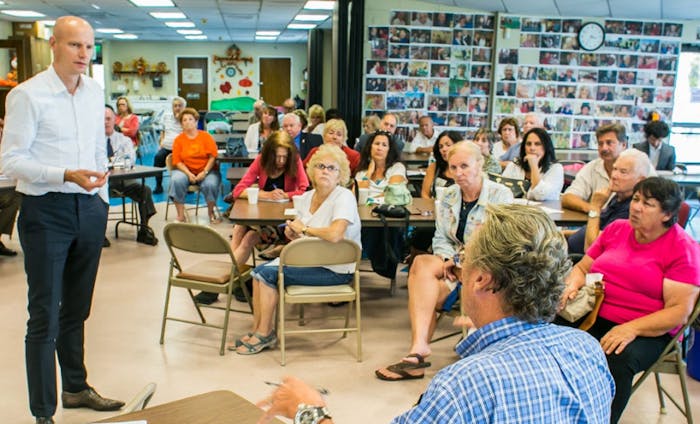Mapping Regional Vulnerabilities
The Rebuild by Design competition was structured to generate a nuanced and comprehensive understanding of the region’s varied vulnerabilities and their interdependencies.
It asked the teams to conduct independent research into the region’s environmental, infrastructural, governmental, economic, and social systems and to synthesize their findings with the results of their combined field work. Using a wide array of metrics alongside their experiential data, the teams created a picture of where the region’s vulnerabilities existed, intersected, and affected each other.
Conceptually, this translated into a map of opportunities to develop opportunities for regional resilience. By mapping the region’s various vulnerabilities, the design teams came to understand how they might propose design strategies to address those challenges.
Source: The Rebuild by Design Book

 11 Sustainable Cities and Communities
11 Sustainable Cities and Communities
 13 Climate Action
13 Climate Action
 03 Good Health and Well-being
03 Good Health and Well-being